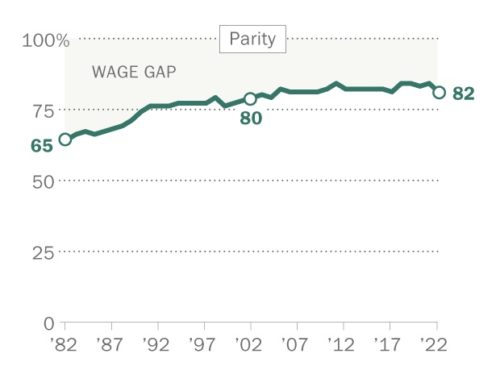Today’s New York Times reported that Vanderbilt University will charge some students nearly $100,000 in total expenses for the 2024-2025 school year. Other schools are expected to follow Vanderbilt over the next few years. Unfortunately, Vanderbilt was unwilling to discuss why costs have risen so much.
One letter to a newly admitted Vanderbilt University engineering student showed an all-in price — room, board, personal expenses, a high-octane laptop — of $98,426.
Fortunately, only 35% of Vanderbilt students will pay the full list price. The others will get a discount.
According to the College Board, the average 2023-24 list price for tuition, fees, housing and food was $56,190 at private and nonprofit four-year schools. At four-year public colleges, in-state students saw an average $24,030 sticker price.
Both private colleges and four-year public colleges provide significant grant aid to cover tuition and fees. However, this does not cover living expenses which can be extremely expensive.
To put these costs in perspective, my costs to attend the University of Texas (1962-1966) was less than $1,500 per year. My out of state costs at the University of Michigan (1966-1968) was under $2,000.
Vanderbilt provides discounts and very generous financial aid to its students. It announced that families with incomes of $150,000 or less would pay no tuition in most instances.
$100,000 does not cover the average cost of educating a student. Williams College says it spends roughly $50,000 more per student than its list price. According to Vanderbilt, its spending per undergraduate is $119,000.
Vanderbilt administrators would not meet with the New York Times to provide a breakdown of its costs. In fiscal year 2023, 52% of its operating expenses went to faculty, staff, student salaries, plus fringe benefits.
Robert B. Archibald and David H. Feldman, two academics who wrote “Why Does College Cost So Much?,” explained in their book why labor costs are so tricky at these institutions.
“The critical factors are that higher education is a personal service, that it has not experienced much labor-saving productivity growth, and that the wages of the highly educated workers so important at colleges and universities have soared,” they said. “These are economy wide factors. They have little to do with any pathology in higher education.”
Critics of the industry still believe that a kind of administrative bloat has set in, driving up tuition with outsized salaries. But what is bloat, really?
Ron Lieber, the New York Times reporter, could not talk to Douglas Christensen, Vanderbilt’s vice provost for university enrollment affairs, about why Vanderbilt costs so much. The senior admissions officer at a group information center would also not discuss the costs of Vanderbilt.
Families must determine whether the costs of a college education will help a student find a well-paying career that can keep them in the middle class.
Conclusion
I worry about the costs of college for my grandson who is turning 7. Assuming a 5% per year increase, the costs of a college like Vanderbilt could cost his family $400,000 per year.
Over the past 50 years, the costs of housing, education, and medical care have risen far higher than income. This is causing significant financial strains on the middle class.




